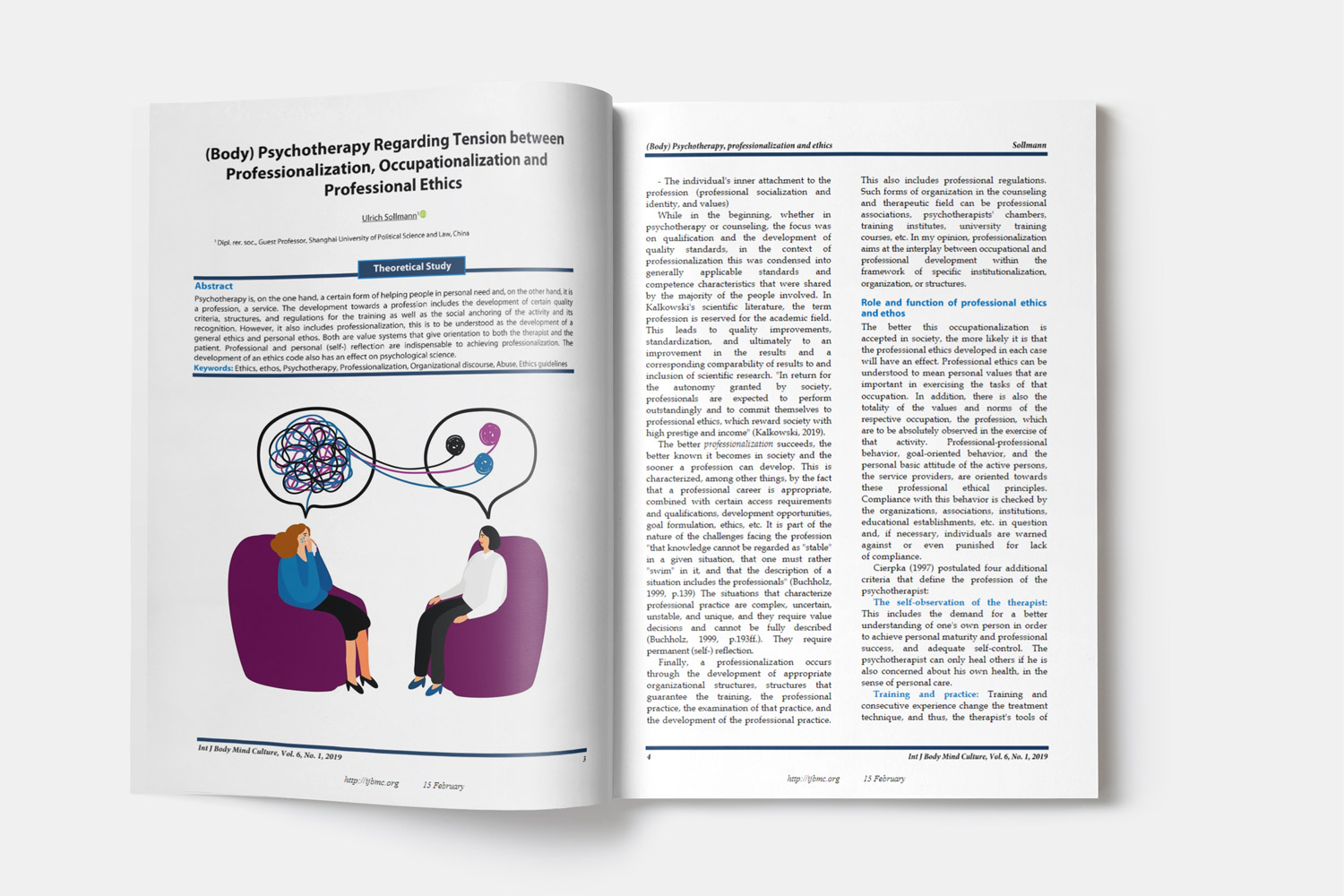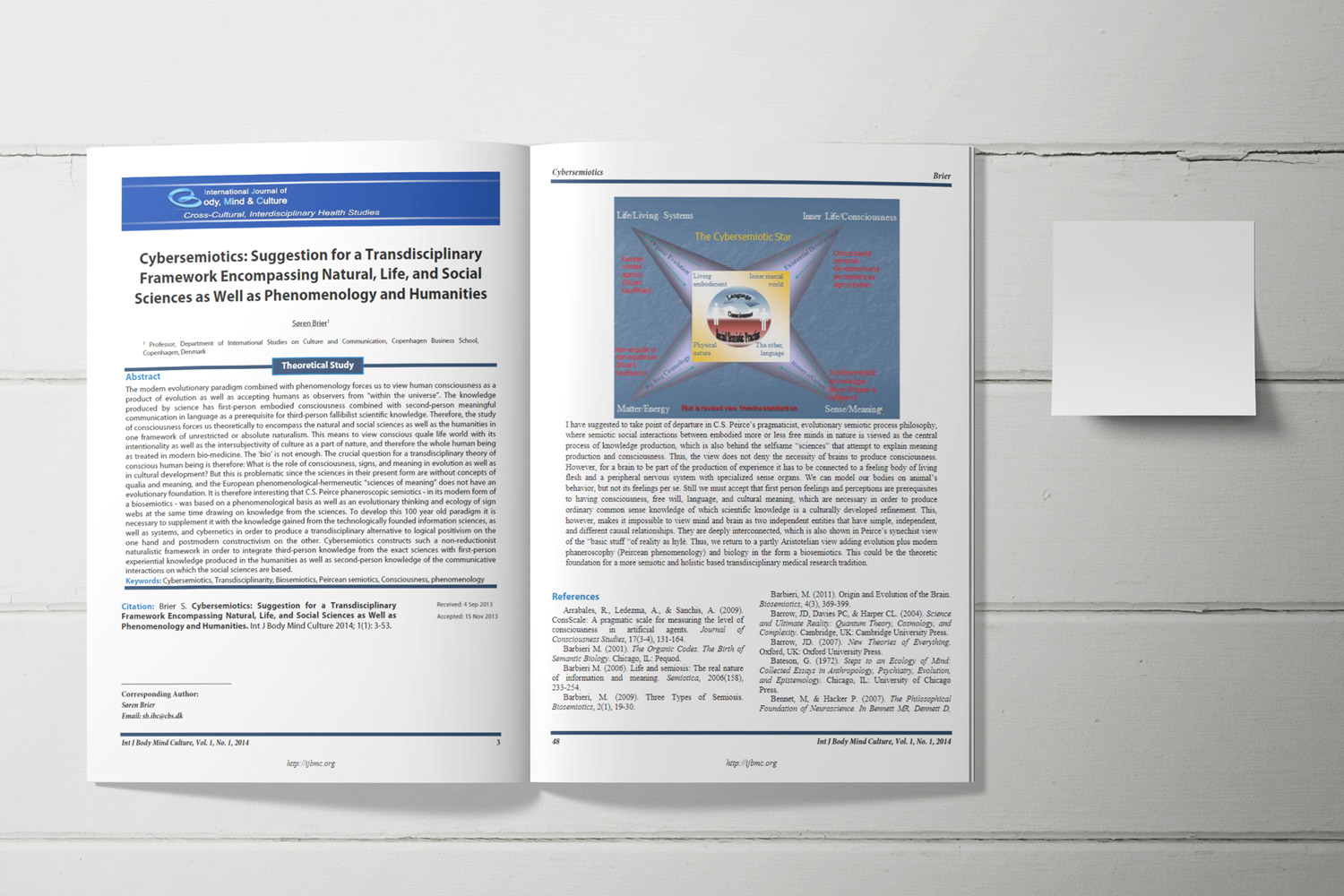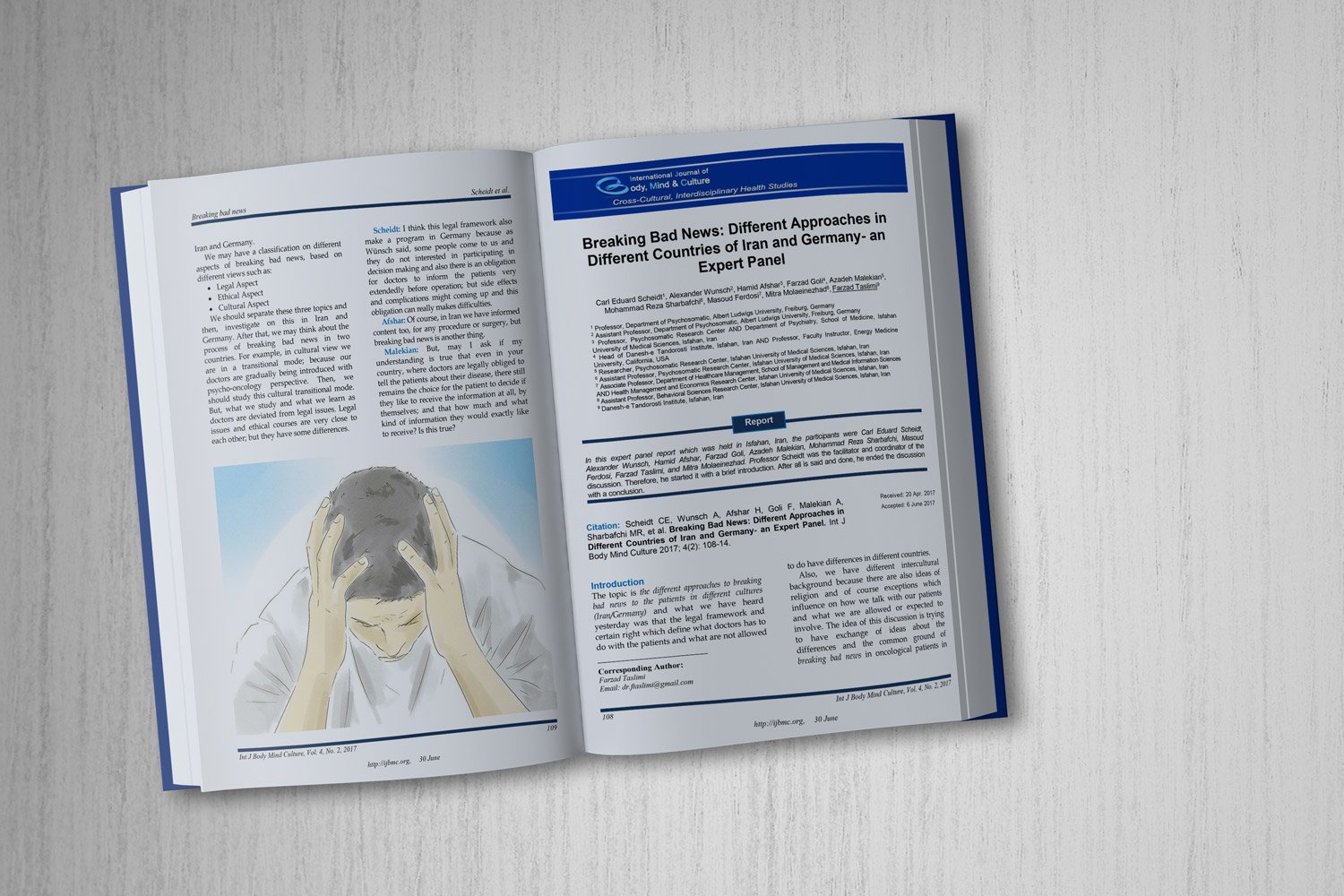Predicting Psychological Well-Being from Thinking Styles and Alexithymia among Employees
Downloads
Objective: This study investigated the extent to which thinking styles and alexithymia predict psychological well-being among gas company employees.
Methods and Materials: In a cross-sectional survey, 128 employees of a provincial gas company in Iran were selected through convenience sampling. Participants completed three validated self-report instruments: the Thinking Styles Inventory, the 20-item Toronto Alexithymia Scale, and the 18-item Ryff Psychological Well-Being Scale. Data were analyzed in SPSS 24 using Pearson’s correlation coefficients and stepwise multiple regression; statistical significance was set at p ≤ 0.05, and all assumptions for regression analysis were checked and met.
Findings: Correlational analyses showed that judicial thinking style was positively associated with psychological well-being, whereas liberal, extroverted, hierarchical, oligarchic, and monarchic styles were negatively associated with well-being. All three alexithymia components—difficulty identifying feelings, difficulty describing feelings, and externally oriented thinking—showed moderate negative correlations with psychological well-being. In the final regression model, difficulty describing feelings, liberal, local, and conservative thinking styles, difficulty identifying feelings, and externally oriented thinking together explained 39% of the variance in psychological well-being (R² = 0.39, p<0.001).
Conclusion: Both cognitive preferences (thinking styles) and emotional processing difficulties (alexithymia) are significant correlates and predictors of employees’ psychological well-being. Interventions aimed at enhancing awareness and expression of emotions, alongside better alignment between job demands and employees’ thinking styles, may help organizations foster higher levels of psychological well-being and, in turn, improve performance, engagement, and long-term staff retention across different organizational units and locations.
Downloads
Armaou, M., Konstantinidis, S., & Blake, H. (2020). The effectiveness of digital interventions for psychological well-being in the workplace: A systematic review protocol. International journal of environmental research and public health, 17(1), 255. https://doi.org/10.3390/ijerph17010255
Bagby, R. M., Parker, J. D., & Taylor, G. J. (1994). The twenty-item Toronto Alexithymia Scale—I. Item selection and cross-validation of the factor structure. Journal of psychosomatic research, 38(1), 23-32. https://doi.org/10.1016/0022-3999(94)90005-1
Bakytbekovich, O. N., Razaq, A. A., Kamal, A., Naser, N. S., Hamed, A. F., Al Seedi, K. F. K., Anber, A. A., & Laffta, S. H. (2023). Assessing the Effect of Acceptance and Commitment Therapy on the Mental Health and Job Satisfaction of Hospital Staff. International Journal of Body, Mind & Culture (2345-5802), 10(3). https://doi.org/10.22122/ijbmc.v10i3.570
Balkis, M., & Isiker, G. B. (2005). The relationship between thinking styles and personality types. Social Behavior and Personality: an international journal, 33(3), 283-294. https://doi.org/10.2224/sbp.2005.33.3.283
Benson, S., & Standing, C. (2002). Are Information Systems Students in Their Right Minds? In Information technology education in the new millennium (pp. 70-80). IGI Global. https://doi.org/10.4018/978-1-931777-05-6.ch010
Ciarrochi, J., Heaven, P. C., & Davies, F. (2007). The impact of hope, self-esteem, and attributional style on adolescents’ school grades and emotional well-being: A longitudinal study. Journal of Research in Personality, 41(6), 1161-1178. https://doi.org/10.1016/j.jrp.2007.02.001
Costa, E. C., & Botelheiro, A. A. (2021). The impact of intimate partner violence on psychological well-being: Predictors of posttraumatic stress disorder and the mediating role of insecure attachment styles. European Journal of Trauma & Dissociation, 5(1), 100151. https://doi.org/10.1016/j.ejtd.2020.100151
De Berardis, D., Fornaro, M., Valchera, A., Rapini, G., Di Natale, S., De Lauretis, I., Serroni, N., Orsolini, L., Tomasetti, C., & Bustini, M. (2020). Alexithymia, resilience, somatic sensations and their relationships with suicide ideation in drug naïve patients with first‐episode major depression: An exploratory study in the “real world” everyday clinical practice. Early intervention in psychiatry, 14(3), 336-342. https://doi.org/10.1111/eip.12863
Dehnavi, S. R., Heidarian, F., Ashtari, F., & Shaygannejad, V. (2015). Psychological well-being in people with multiple sclerosis in an Iranian population. Journal of research in medical sciences, 20(6), 535-539. https://doi.org/10.4103/1735-1995.165942
Dughera, S. (2022). The evolution of workplace control leadership, obedience and organizational performance. Journal of Evolutionary Economics, 32(2), 399-421. https://doi.org/10.1007/s00191-020-00720-5
Fan, J. (2016). The role of thinking styles in career decision-making self-efficacy among university students. Thinking Skills and Creativity, 20, 63-73. https://doi.org/10.1016/j.tsc.2016.03.001
Foody, M., McGuire, L., Kuldas, S., & O’Higgins Norman, J. (2019). Friendship quality and gender differences in association with cyberbullying involvement and psychological well-being. Frontiers in psychology, 10, 1723. https://doi.org/10.3389/fpsyg.2019.01723
Govindan, K., Shankar, K. M., & Kannan, D. (2020). Achieving sustainable development goals through identifying and analyzing barriers to industrial sharing economy: A framework development. International journal of production economics, 227, 107575. https://doi.org/10.1016/j.ijpe.2019.107575
Greenier, V., Derakhshan, A., & Fathi, J. (2021). Emotion regulation and psychological well-being in teacher work engagement: A case of British and Iranian English language teachers. System, 97, 102446. https://doi.org/10.1016/j.system.2020.102446
Güner, P., & Erbay, H. N. (2021). Prospective mathematics teachers’ thinking styles and problem-solving skills. Thinking Skills and Creativity, 40, 100827. https://doi.org/10.1016/j.tsc.2021.100827
Gyu Park, J., Sik Kim, J., Yoon, S. W., & Joo, B.-K. (2017). The effects of empowering leadership on psychological well-being and job engagement: The mediating role of psychological capital. Leadership & Organization Development Journal, 38(3), 350-367. https://doi.org/10.1108/LODJ-08-2015-0182
Hammad, M. A., & Awed, H. S. (2023). Thinking styles and their relationship with self-efficacy among deaf and hard-of-hearing adolescent students. Current Psychology, 42(29), 25880-25893. https://doi.org/10.1007/s12144-022-03597-8
Jason, K., & Erving, C. L. (2022). The Intersecting consequences of race-gender health disparities on workforce engagement for older workers: an examination of physical and mental health. Social currents, 9(1), 45-69. https://doi.org/10.1177/23294965211053835
Johnson, S., Robertson, I., & Cooper, C. L. (2017). Improving psychological well-being: personal development and resilience. In WELL-BEING: Productivity and Happiness at Work (pp. 111-123). Springer. https://doi.org/10.1007/978-3-319-62548-5_8
Jun, H. (2018). Theory to practice: Deconstructing inappropriate hierarchical, dichotomous, and linear thinking styles/patterns. In Social Justice, Multicultural Counseling, and Practice: Beyond a Conventional Approach (pp. 311-333). Springer. https://doi.org/10.1007/978-3-319-72514-7_11
Katsiferis, A., Nielsen, P. Y., Jensen, M. K., & Westendorp, R. G. (2022). Dynamical indicators in time series of healthcare expenditures predict mortality risk of older adults following spousal bereavement. BMC geriatrics, 22(1), 301. https://doi.org/10.1186/s12877-022-02992-x
Khosravani, V., Najafi, M., Naragon-Gainey, K., & Mohammadzadeh, A. (2021). Investigation of the factorial structure and psychometric properties of the Persian version of the Toronto Alexithymia Scale-20 in patients with psychiatric disorders. Current Psychology, 40(8), 3783-3793. https://doi.org/10.1007/s12144-019-00329-3
Kloutsiniotis, P. V., Mihail, D. M., Mylonas, N., & Pateli, A. (2022). Transformational Leadership, HRM practices and burnout during the COVID-19 pandemic: The role of personal stress, anxiety, and workplace loneliness. International journal of hospitality management, 102, 103177. https://doi.org/10.1016/j.ijhm.2022.103177
Lin, W.-R., Chen, H.-M., & Wang, Y.-C. (2022). Work-family conflict and psychological well-being of tour leaders: The moderating effect of leisure coping styles. Leisure Sciences, 44(7), 786-807. https://doi.org/10.1080/01490400.2019.1671253
Liu, W., Sun, L., Yin, X., Zhao, H., Zhu, G., Lian, B., & Sun, H. (2022). Relationship between job stress, thinking style and symptoms of post-traumatic stress disorder in mental health nurses. Frontiers in public health, 10, 979138. https://doi.org/10.3389/fpubh.2022.979138
Lu, Q., Wang, B., Zhang, R., Wang, J., Sun, F., & Zou, G. (2022). Relationship between emotional intelligence, self-acceptance, and positive coping styles among Chinese psychiatric nurses in Shandong. Frontiers in psychology, 13, 837917. https://doi.org/10.3389/fpsyg.2022.837917
Mahapatra, A., & Sharma, P. (2018). Association of Internet addiction and alexithymia–A scoping review. Addictive behaviors, 81, 175-182. https://doi.org/10.1016/j.addbeh.2018.02.004
Mendoza, G. A., & Martins, H. (2006). Multi-criteria decision analysis in natural resource management: A critical review of methods and new modelling paradigms. Forest ecology and management, 230(1-3), 1-22. https://doi.org/10.1016/j.foreco.2006.03.023
Morales-Rodríguez, F. M., Espigares-López, I., Brown, T., & Pérez-Mármol, J. M. (2020). The relationship between psychological well-being and psychosocial factors in university students. International journal of environmental research and public health, 17(13), 4778. https://doi.org/10.3390/ijerph17134778
Najafian, B., & Sedighi, A. (2016). The Relationship between Translation Trainees' Thinking Styles and Their Translation Quality. Theory & Practice in Language Studies (TPLS), 6(5). https://doi.org/10.17507/tpls.0605.25
Obeid, S., Akel, M., Haddad, C., Fares, K., Sacre, H., Salameh, P., & Hallit, S. (2019). Factors associated with alexithymia among the Lebanese population: results of a cross-sectional study. BMC psychology, 7(1), 80. https://doi.org/10.1186/s40359-019-0353-5
Orm, S., Holmberg, E. H., Harris, P. L., Nunez, M., & Pons, F. (2021). Diachronic tendency and thinking style across the broader autism spectrum: Sources of individual differences? Advances in Neurodevelopmental Disorders, 5(3), 326-338. https://doi.org/10.1007/s41252-021-00209-7
Páez, D., Mendiburo Seguel, A., & Martínez-Sánchez, F. (2013). Incremental validity of alexithymia, emotional coping and humor style on happiness and psychological well-being. Journal of Happiness Studies, 14(5), 1621-1637. https://doi.org/10.1007/s10902-012-9400-0
Rama, T. A., Kurniawan, T. A., Murti, T. R., & Yunanto, K. T. (2025). Impact of the Psychosocial Work Environment on Employee Performance: The Mediating Role of Work Stress and Mental Workload among Correctional Officers. International Journal of Body, Mind & Culture (2345-5802), 12(5). https://doi.org/10.61838/ijbmc.v12i5.931
Rasool, S. F., Wang, M., Tang, M., Saeed, A., & Iqbal, J. (2021). How toxic workplace environment effects the employee engagement: The mediating role of organizational support and employee wellbeing. International journal of environmental research and public health, 18(5), 2294. https://doi.org/10.3390/ijerph18052294
Rees, C. S., Breen, L. J., Cusack, L., & Hegney, D. (2015). Understanding individual resilience in the workplace: the international collaboration of workforce resilience model. Frontiers in psychology, 6, 73. https://doi.org/10.3389/fpsyg.2015.00073
Rogers, P., Hattersley, M., & French, C. C. (2019). Gender role orientation, thinking style preference and facets of adult paranormality: A mediation analysis. Consciousness and cognition, 76, 102821. https://doi.org/10.1016/j.concog.2019.102821
Ryff, C. D. (1989). Happiness is everything, or is it? Explorations on the meaning of psychological well-being. Journal of personality and social psychology, 57(6), 1069. https://doi.org/10.1037/0022-3514.57.6.1069
Ryff, C. D., & Keyes, C. L. M. (1995). The structure of psychological well-being revisited. Journal of personality and social psychology, 69(4), 719. https://doi.org/10.1037/0022-3514.69.4.719
Saini, G., Shabnam, Seema, & Bhatnagar, V. (2022). The pattern of executive professionals’ thinking styles in relation to cognitive styles and metacognition skills. Cogent Psychology, 9(1), 2068741. https://doi.org/10.1080/23311908.2022.2068741
Sarmah, P., Van den Broeck, A., Schreurs, B., Proost, K., & Germeys, F. (2022). Autonomy supportive and controlling leadership as antecedents of work design and employee well-being. BRQ Business Research Quarterly, 25(1), 44-61. https://doi.org/10.1177/23409444211054508
Shalaka, M. H. (2025). The Relationship Between Psychological Security and Academic Performance Among University Students. International Journal of Body, Mind & Culture (2345-5802), 12(5). https://doi.org/10.61838/ijbmc.v12i5.868
Shanafelt, T., Trockel, M., Ripp, J., Murphy, M. L., Sandborg, C., & Bohman, B. (2019). Building a program on well-being: key design considerations to meet the unique needs of each organization. Academic Medicine, 94(2), 156-161. https://doi.org/10.1097/ACM.0000000000002415
Shuck, B., & Reio Jr, T. G. (2014). Employee engagement and well-being: A moderation model and implications for practice. Journal of Leadership & Organizational Studies, 21(1), 43-58. https://doi.org/10.1177/1548051813494240
Smith, C., & Ulus, E. (2020). Who cares for academics? We need to talk about emotional well-being including what we avoid and intellectualise through macro-discourses. Organization, 27(6), 840-857. https://doi.org/10.1177/1350508419867201
Sternberg, R. J. (1988). Mental self-government: A theory of intellectual styles and their development. Human development, 31(4), 197-224. https://doi.org/10.1159/000275810
Stoll, G., Einarsdóttir, S., Song, Q. C., Ondish, P., Sun, J. J., & Rounds, J. (2020). The roles of personality traits and vocational interests in explaining what people want out of life. Journal of Research in Personality, 86, 103939. https://doi.org/10.1016/j.jrp.2020.103939
Thorberg, F. A., Hasking, P., Huang, Y.-L., Lyvers, M., Young, R. M., Connor, J. P., London, E. D., & Feeney, G. F. (2020). The influence of alexithymia on alcohol craving, health-related quality of life and gender in alcohol-dependent outpatients. Journal of Psychoactive Drugs, 52(4), 366-376. https://doi.org/10.1080/02791072.2020.1762022
Vredeveld, A. J. (2021). Materialism and life satisfaction: The moderating roles of alexithymia and product retention tendency. International Journal of Consumer Studies, 45(1), 106-118. https://doi.org/10.1111/ijcs.12606
Wagner, L., Gander, F., Proyer, R. T., & Ruch, W. (2020). Character strengths and PERMA: Investigating the relationships of character strengths with a multidimensional framework of well-being. Applied Research in Quality of Life, 15(2), 307-328. https://doi.org/10.1007/s11482-018-9695-z
Warchoł-Biedermann, K., Bugajski, P., Budzicz, Ł., Ziarko, M., Jasielska, A., Samborski, W., Daroszewski, P., Greberski, K., Bączyk, G., & Karoń, J. (2022). Relationship between stress and alexithymia, emotional processing and negative/positive affect in medical staff working amid the COVID-19 pandemic. Journal of Investigative Medicine, 70(2), 428-435. https://doi.org/10.1136/jim-2021-001942
Wissing, M. P., & Temane, Q. M. (2008). The structure of psychological well-being in cultural context: Towards a hierarchical model of psychological health. Journal of Psychology in Africa, 18(1), 45-55. https://doi.org/10.1080/14330237.2008.10820170
Yüksel, A., Bahadir-Yilmaz, E., & Karakoyun, A. (2022). The relationship between alexithymia, psychological well-being and religious coping in fibromyalgia patients in Turkey. Journal of religion and health, 61(5), 3909-3921. https://doi.org/10.1007/s10943-021-01294-7
Zapf, D. (2002). Emotion work and psychological well-being: A review of the literature and some conceptual considerations. Human resource management review, 12(2), 237-268. https://doi.org/10.1016/S1053-4822(02)00048-7
Zhang, L.-f., & Higgins, P. (2008). The predictive power of socialization variables for thinking styles among adults in the workplace. Learning and Individual Differences, 18(1), 11-18. https://doi.org/10.1016/j.lindif.2007.03.002
Zhang, L. F. (2000). Relationship between thinking styles inventory and study process questionnaire. Personality and Individual Differences, 29(5), 841-856. https://doi.org/10.1016/S0191-8869(99)00236-6
Zhang, Y., Dong, K., & Zhao, G. (2021). The mediating role of social connectedness in the effect of positive personality, alexithymia and emotional granularity on life satisfaction: analysis based on a structural equation model. Personality and Individual Differences, 171, 110473. https://doi.org/10.1016/j.paid.2020.110473
Zhu, C., & Zhang, L. F. (2011). Thinking styles and conceptions of creativity among university students. Educational Psychology, 31(3), 361-375. https://doi.org/10.1080/01443410.2011.557044
Zollo, L., Rialti, R., Tron, A., & Ciappei, C. (2021). Entrepreneurial passion, orientation and behavior: The moderating role of linear and nonlinear thinking styles. Management Decision, 59(5), 973-994. https://doi.org/10.1108/MD-10-2019-1500
Copyright (c) 2025 International Journal of Body, Mind and Culture

This work is licensed under a Creative Commons Attribution-NonCommercial 4.0 International License.















